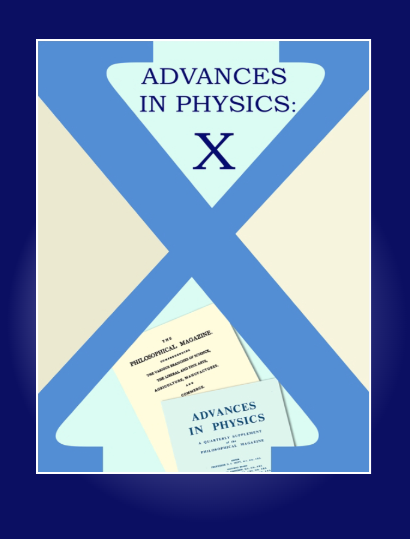电子和声子的超快动力学:从双温模型到随时间变化的玻尔兹曼方程
IF 10.8
2区 物理与天体物理
Q1 PHYSICS, MULTIDISCIPLINARY
引用次数: 17
摘要
摘要泵浦探针光谱技术的出现为探索晶体固体中电子和声子的超快动力学铺平了道路。在泵浦脉冲的光吸收和初始电子热化之后,电子和振动自由度的动力学由电子-声子和声子-声子散射过程主导。双温度模型(TTM)及其推广为描述这些现象以及随之而来的电子和声子的耦合动力学提供了有价值的工具。虽然现在有更复杂的理论方法,但TTM的概念和计算简单性使其成为泵浦探针光谱中模拟热化过程的首选方法,并在实验和理论研究中得到广泛应用。在从头算方法领域,含时玻尔兹曼方程(TDBE)改善了TTM的许多缺点,并能够以全动量分辨率对超快现象进行真实且无参数的描述。在对TTM和TDBE进行了教学介绍后,我们在本文中回顾了它们在固体物理学和材料科学中描述超快过程的应用及其理论基础。图形摘要本文章由计算机程序翻译,如有差异,请以英文原文为准。
Ultrafast dynamics of electrons and phonons: from the two-temperature model to the time-dependent Boltzmann equation
ABSTRACT The advent of pump-probe spectroscopy techniques paved the way to the exploration of ultrafast dynamics of electrons and phonons in crystalline solids. Following photo-absorption of a pump pulse and the initial electronic thermalization, the dynamics of electronic and vibrational degrees of freedom is dominated by electron-phonon and phonon-phonon scattering processes. The two-temperature model (TTM) and its generalizations provide valuable tools to describe these phenomena and the ensuing coupled dynamics of electrons and phonons. While more sophisticated theoretical approaches are nowadays available, the conceptual and computational simplicity of the TTM makes it the method of choice to model thermalization processes in pump-probe spectroscopy, and it keeps being widely applied in both experimental and theoretical studies. In the domain of ab-initio methods, the time-dependent Boltzmann equation (TDBE) ameliorates many of the shortcomings of the TTM and enables a realistic and parameter-free description of ultrafast phenomena with full momentum resolution. After a pedagogical introduction to the TTM and TDBE, in this manuscript we review their application to the description of ultrafast process in solid-state physics and materials science as well as their theoretical foundation. GRAPHICAL ABSTRACT
求助全文
通过发布文献求助,成功后即可免费获取论文全文。
去求助
来源期刊

Advances in Physics: X
Physics and Astronomy-General Physics and Astronomy
CiteScore
13.60
自引率
0.00%
发文量
37
审稿时长
13 weeks
期刊介绍:
Advances in Physics: X is a fully open-access journal that promotes the centrality of physics and physical measurement to modern science and technology. Advances in Physics: X aims to demonstrate the interconnectivity of physics, meaning the intellectual relationships that exist between one branch of physics and another, as well as the influence of physics across (hence the “X”) traditional boundaries into other disciplines including:
Chemistry
Materials Science
Engineering
Biology
Medicine
 求助内容:
求助内容: 应助结果提醒方式:
应助结果提醒方式:


